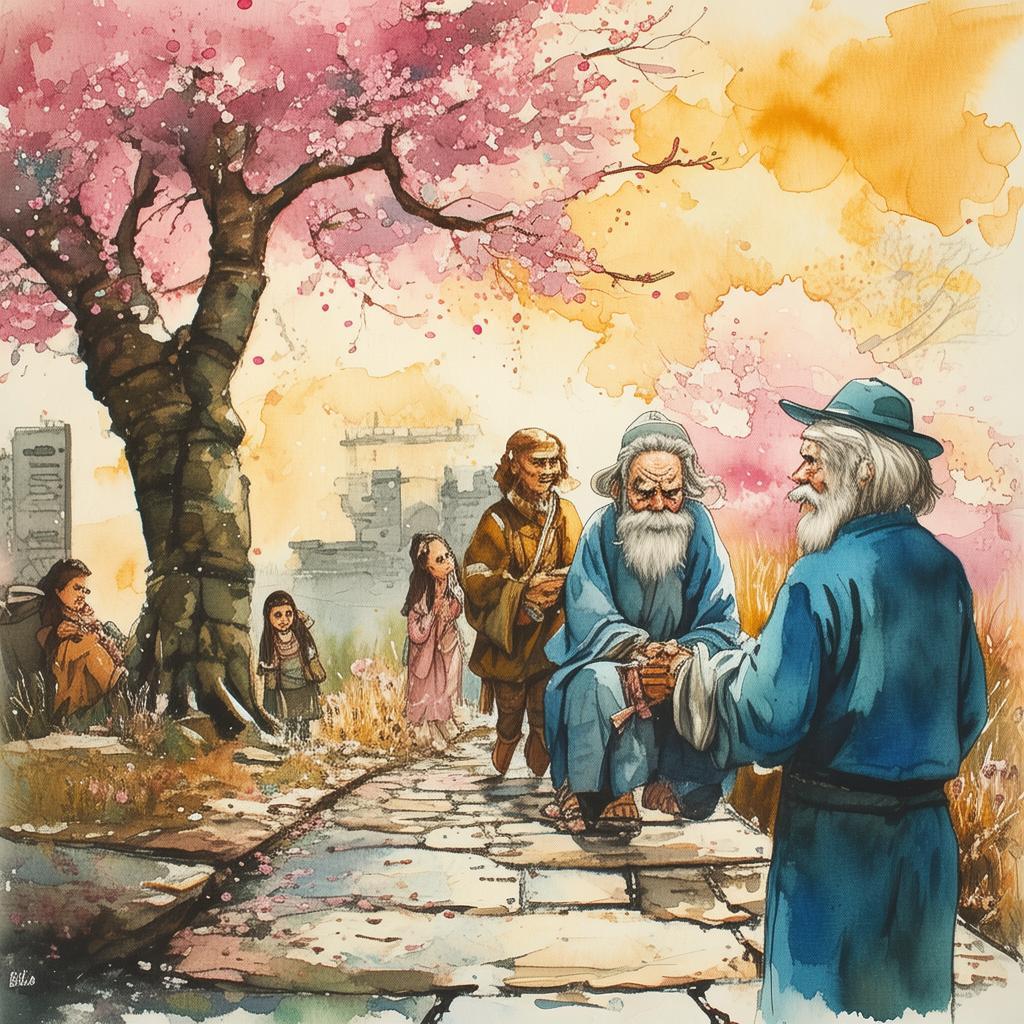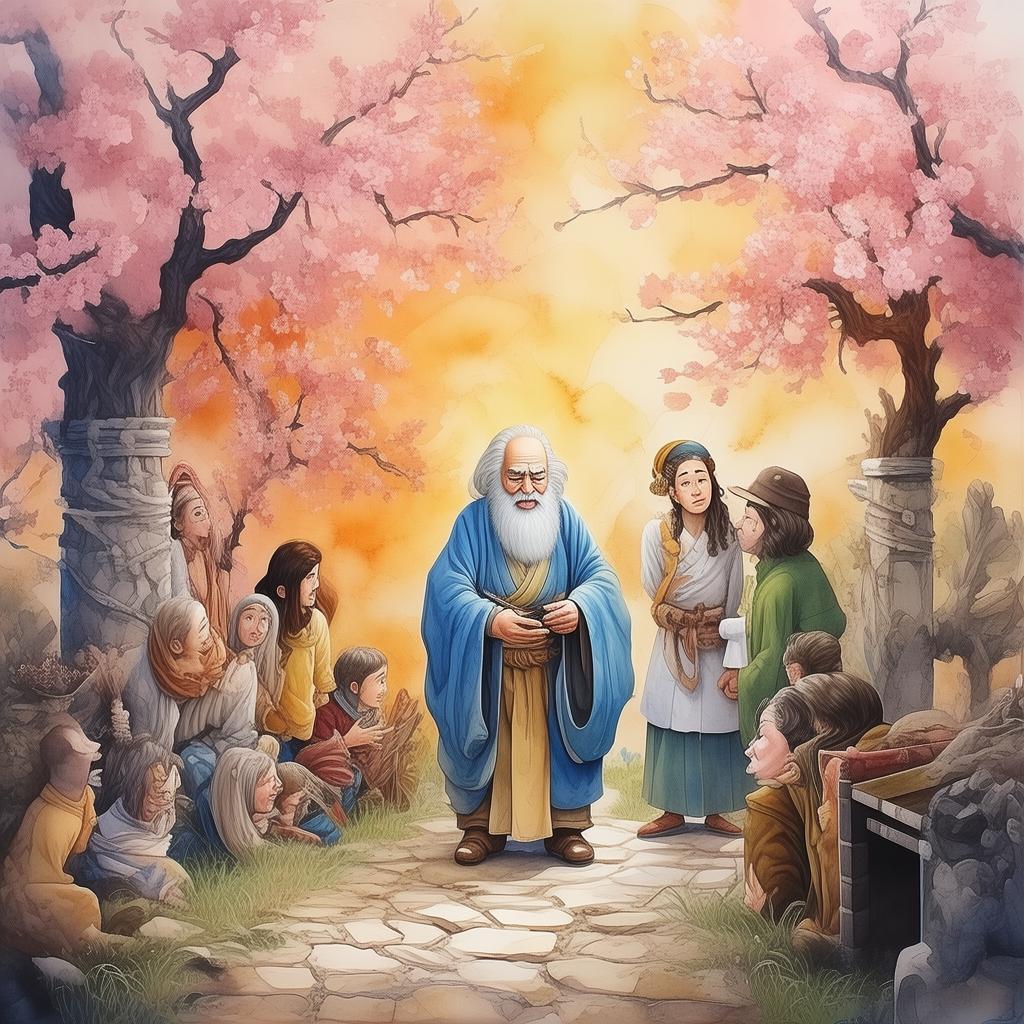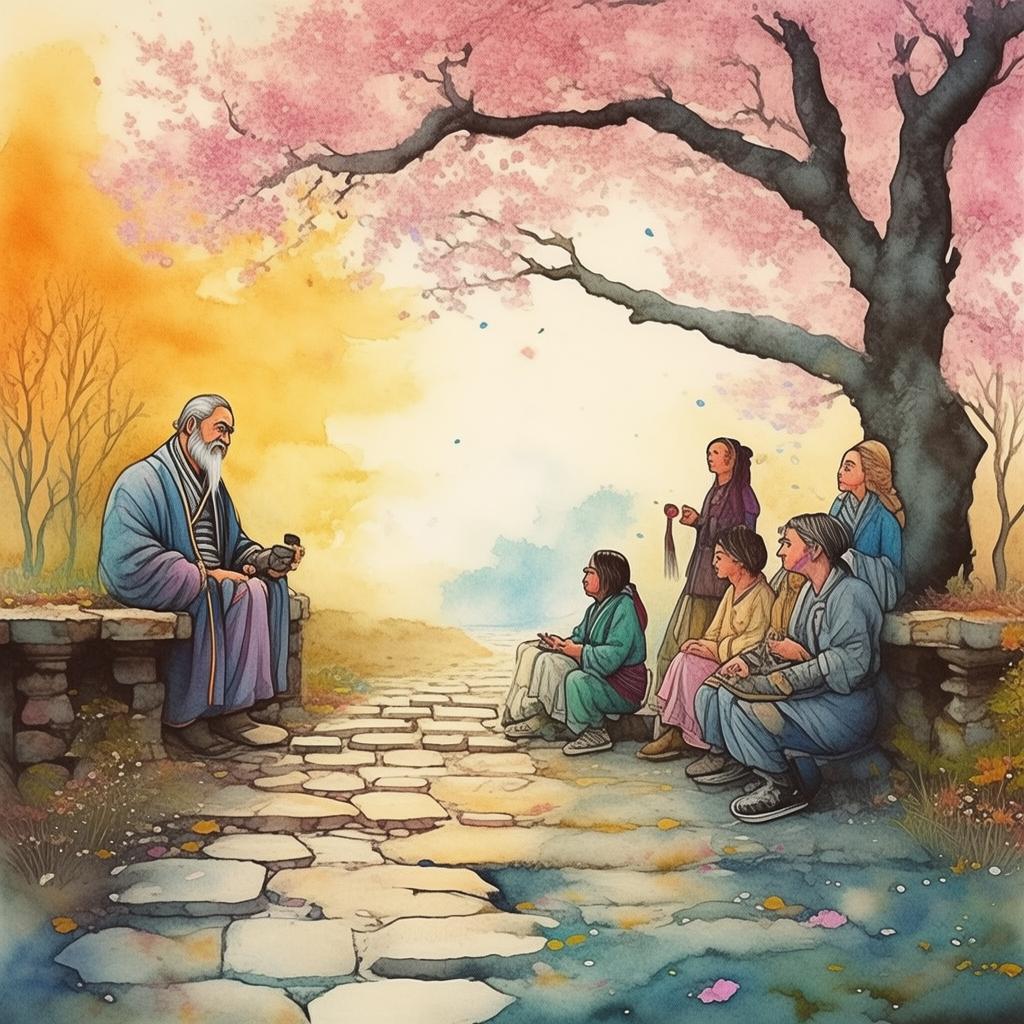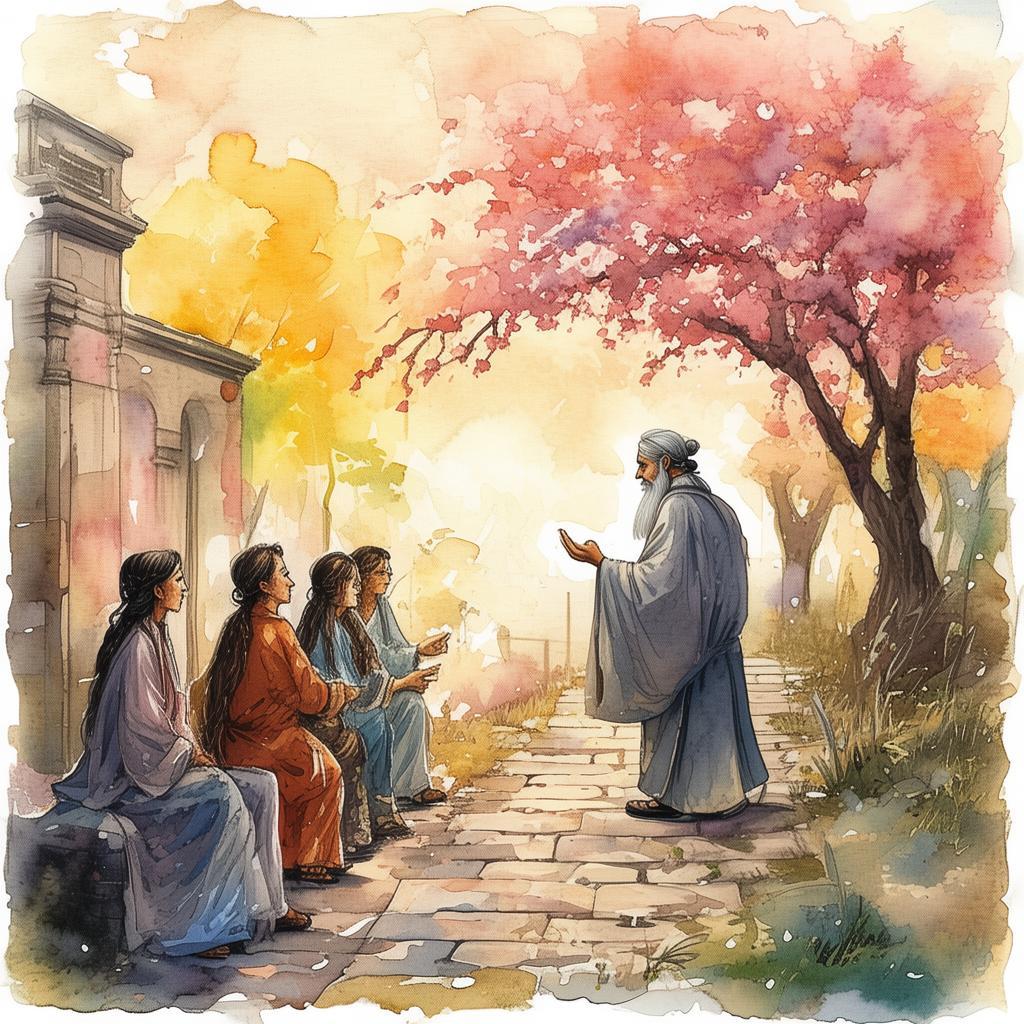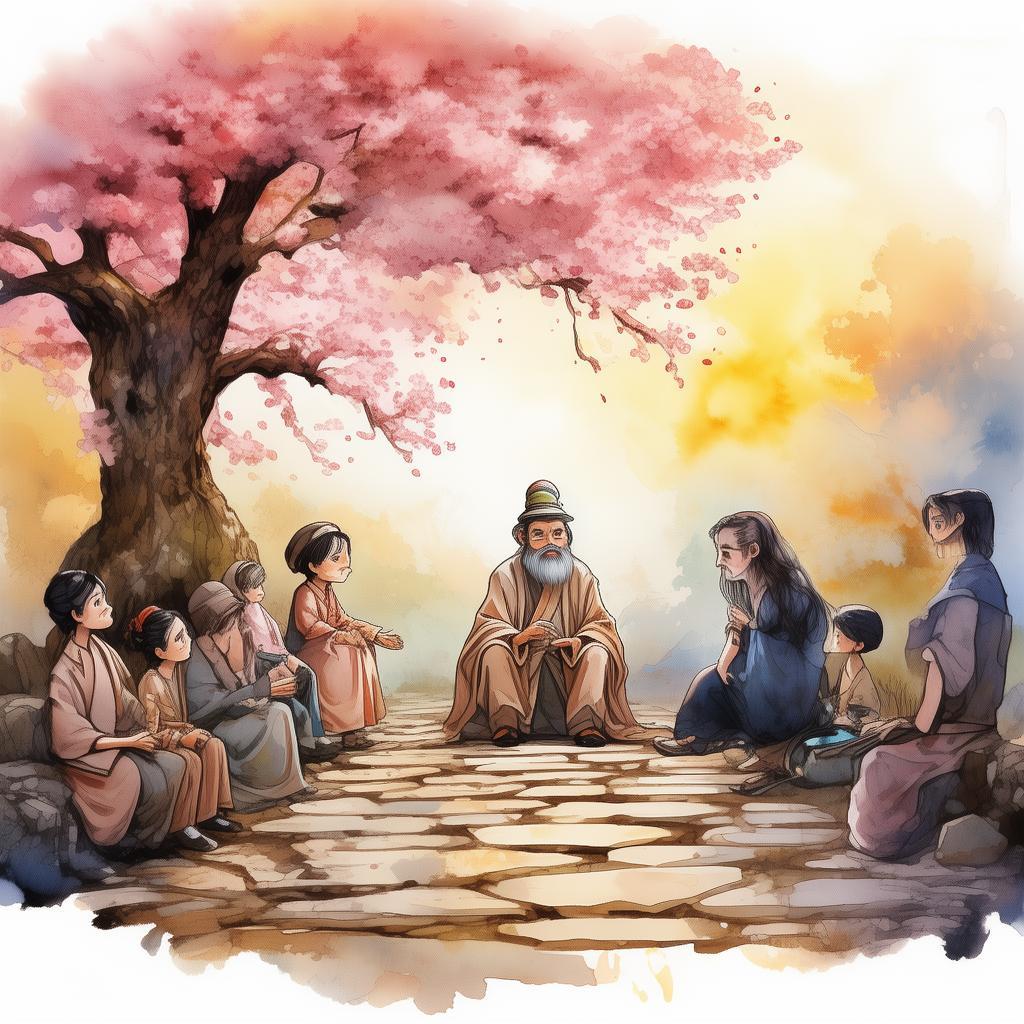The Enigma of the Ancient Labyrinth
In the heart of the desolate desert, where the sands whispered secrets long forgotten, there lay a labyrinth of unparalleled mystery. It was said that within its winding paths, hidden was the knowledge of an ancient civilization, a civilization that had vanished without a trace. The labyrinth was a mere whisper in the annals of history, a legend told only to the daring few who dared to believe in the existence of the lost civilization.
Among these few was a young scholar named Liang Chun. Driven by an insatiable thirst for knowledge, he had spent years poring over ancient texts and maps in the hopes of finding the entrance to the labyrinth. His determination had been bolstered by a peculiar legend—a story of a codex, written in an unknown script, which was the key to unlocking the labyrinth's secrets.
As the story unfolded, Liang discovered a cryptic reference in a dusty tome about an ancient city named "Zhepu," a city said to be the cradle of the lost civilization. The codex was believed to have been hidden in the heart of Zhepu, but its location was as elusive as the city itself. With the codex in hand, Liang embarked on his quest, guided only by the echoes of the past.
The first clue led him to a forgotten temple on the outskirts of the desert. There, he found a set of ancient symbols carved into the stone walls, each one a piece of the puzzle that would lead him to Zhepu. Liang spent days decoding these symbols, which seemed to be a complex form of alchemy, blending the natural elements with ancient symbols.
The next clue took him to an old, abandoned shipwreck buried deep in the sands. Among the ruins, he discovered a broken compass that seemed to point towards the mountains, far beyond the desert. Determined to follow this new lead, Liang climbed the treacherous mountains, which were shrouded in mist and the howling of mysterious winds.
The mountains led him to a valley, where he stumbled upon a hidden cave. Inside the cave, he found the second part of the codex, written in the same enigmatic script. The codex spoke of a labyrinth, a place of both wonder and danger, and it was here that the civilization's secrets were safeguarded.
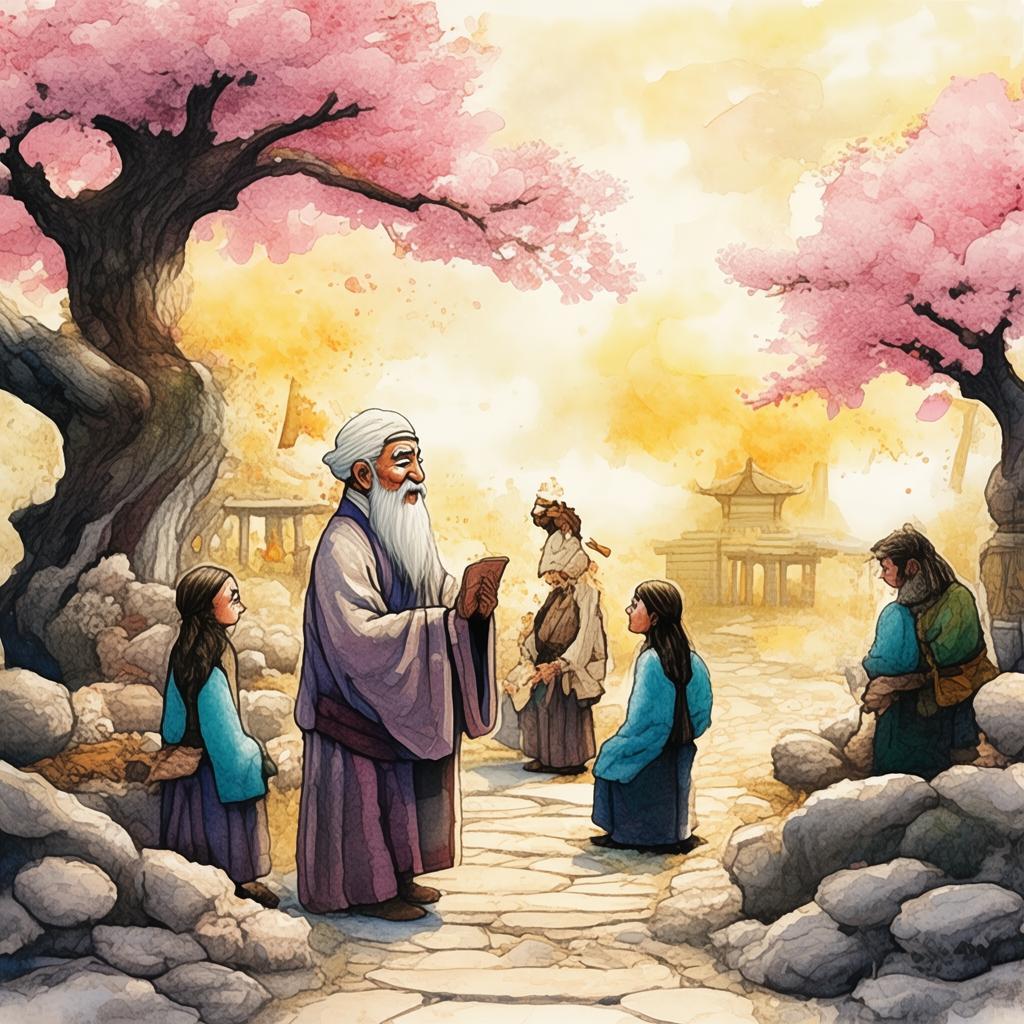
As Liang deciphered the final part of the codex, he learned that the labyrinth was not a mere structure but a living organism, a consciousness that could only be entered by those who were pure of heart. The labyrinth's path was not one of stone and earth, but one of trial and reflection, designed to test the very essence of its visitors.
With the knowledge of the labyrinth in hand, Liang returned to the desert, where he found the entrance, a large, intricately carved door hidden under a pile of ancient sand. With trembling hands, he pushed the door open and stepped into the labyrinth.
The labyrinth was a marvel of architecture, with rooms that seemed to float in the air and passageways that twisted and turned without end. As he ventured deeper, Liang encountered trials of wit, strength, and courage. He outsmarted a guardian that took the form of a giant, ancient book; he defied the whispers of the labyrinth itself, which tried to convince him to give up; and he braved the dark passages that seemed to have no end.
At the heart of the labyrinth, Liang found a chamber where a crystal ball floated in mid-air. It was the source of the civilization's knowledge, a repository of their wisdom and secrets. As he reached out to touch the crystal ball, a vision appeared before him, revealing the lost civilization in all its glory.
In that moment, Liang understood that the lost civilization had not been forgotten; their legacy lived on through the labyrinth, their wisdom passed down to those who were willing to seek it. He realized that his quest was not about discovering a lost past but about connecting to the timeless essence of a civilization that had transcended time itself.
As the vision faded, Liang emerged from the labyrinth, the codex in his hands. The labyrinth had accepted him, and he had become part of its legacy. With newfound wisdom and purpose, Liang returned to the world, eager to share the knowledge he had found.
The story of Liang Chun and the Enigma of the Ancient Labyrinth spread like wildfire, inspiring countless others to seek their own paths of knowledge and discovery. And so, the legend of the lost civilization and the labyrinth remained a beacon of hope, a testament to the enduring power of the human spirit and the unyielding quest for understanding.
✨ Original Statement ✨
All articles published on this website (including but not limited to text, images, videos, and other content) are original or authorized for reposting and are protected by relevant laws. Without the explicit written permission of this website, no individual or organization may copy, modify, repost, or use the content for commercial purposes.
If you need to quote or cooperate, please contact this site for authorization. We reserve the right to pursue legal responsibility for any unauthorized use.
Hereby declared.
